We've all been there, standing in front of a mirror, noticing that slight slouch or awkward tilt. It's easy to dismiss, but did you know your shoes might be the silent cause behind that not-so-perfect posture? Yep, those chic stilettos or those worn-out flip-flops could be the culprit of bad posture.
Shoes aren't just fashion statements—they're the foundation our entire body stands, moves, and grooves on. When that foundation is rocky, the ripple effects can be felt from your toes up to your noggin.
Ready to learn even more foot facts? Let’s take a deep dive.
How does foot anatomy affect posture?
Our feet are engineering marvels—a complex matrix of bones, ligaments, and muscles. They’re the unsung heroes that carry your body's weight every single step of every single day.
Not all heroes wear capes, and no pair of feet are the same.
Some people have flat feet, where the foot tends to stay close to the ground. Others have high arches, where the foot appears perpetually poised in a tiptoe position.
While these unique foot structures make us all special in our own way, they can also influence how we stand, walk, and even our posture.
Ever heard of plantar fasciitis, hammertoes, or bunions? Let’s get into what these foot terms mean.
These are conditions that can be both painful and posture-punishing. When your feet are singing the blues, it's a sign they might be pulling the rest of your body out of alignment.
The moral of the story? With their intricate design and quirks, our feet play a massive role in our body's balance and stance. Treat them right, and they'll keep you standing tall and proud.
Why are shoe components important to posture?
Shoe components go way beyond aesthetic appeal. They also offer functional significance that impacts comfort and posture. Understanding these components of shoes and how they influence our feet and posture is key to choosing the right pair. Let’s get into it.
The insole
Ah, the insole. It's the part of the shoe that cradles our foot, provides a soft landing, and more. Insoles with proper arch support can be lifesavers, especially if you're prone to foot pain or conditions like plantar fasciitis. And if you need a little extra love for your feet, removable insoles make it easy to swap in custom orthotics.
Midsole
This is the buffer between the insole and outsole. The midsole is all about cushioning and shock absorption. A great midsole can absorb shock, ensuring that the impact from each step is evenly distributed.
Think of it like a mattress for your feet. You wouldn't want to sleep on a rock-hard bed, right? Give your feet the comfort they deserve.
Outsole
Here's where the rubber meets the road, literally. The outsole is typically made of rubber or other durable materials that provide traction. It ensures that you don’t slip as you step through your day, be it out on the street, or on a newly polished office floor.
A quality outsole also plays a role in pain relief, especially in the ball of the foot and heel.
Toe box
This component isn't just about wiggle room for your toes. A roomy toe box can prevent a host of foot problems, including bunions and hammertoes. Conversely, a too-narrow toe box can lead to blisters and calluses.
Remember, toes like to party, but cramming them too close together is no fun for anyone.
Heel cup and heel height
Golitath’s weakness was the height of his heels. (David’s shoes fit better.)
While high heels can make us feel like runway models, consistently wearing highly elevated shoes can lead to heel pain and other foot conditions. That said, flat shoes aren’t always the answer, either. (Especially if you have flat feet.)
The Goldilocks shoe is slightly elevated, providing support and alignment. The heel cup holding the back of your foot will also feel secure and stable.
Upper and mesh upper
This is the top part of the shoe that wraps around the foot. Materials matter. Breathable materials like a mesh upper will keep feet fresh and reduce the risk of fungal infections or bad odors(No one wants that.)
Footbed
Think of the footbed as the interior design of the shoe. A supportive footbed can align the foot, leading to better posture and reduced foot pain. Bonus points for memory foam footbeds that contour to the foot and provide a personalized comfort experience.
Supportive features
These elements ensure our feet are supported through each stride, from the forefoot cushioning to the added arch support. A pair of shoes that checks off these boxes can be pivotal to ensuring your feet, and by extension, your posture, remain in tip-top shape.
So, when it comes to shoes, it's not just about style or the latest trend. Each component plays a crucial role in how we stand and move. The next time you're shoe shopping, keep these components in mind. A proper investment in footwear will lead to dividends for your posture and overall well-being.
Common footwear mistakes and their consequences
Let's switch gears for a moment. Ever walked out in a fresh pair of shoes, feeling like you're on top of the world, only to be met with a surprise blister or aching arches by midday? It’s heartbreaking.
While everyone loves a killer pair of kicks, making the wrong shoe choices can have some less-than-stellar consequences for our feet and posture.
- Sacrificing support for style: We've all eyed that pair of dress shoes or those delicate flip-flops and thought, "They can't be that bad." Wrong. Shoes that lack support can lead to overpronation, arch pain, and even back pain.
- Wearing worn-out athletic shoes: Athletic shoes are trusty sidekicks that help us get in shape. But even the best running shoes lose their cushioning and support over time. Sticking with them too long can exacerbate foot pain, harm the plantar fascia, and mess with your posture.
- Tight fits: “Snug” isn’t always good. Tight shoes can lead to corns, calluses, and issues like Morton’s neuroma. Plus, forcing your feet into tight spaces can change how you walk and lead to poorer posture.
- Skipping the socks: No socks might look cool, but it’s not worth hot spots and blisters. . Plus, socks absorb sweat, reducing the risk for bacteria to get in and do its nasty business on your toes. We’re talking infections, athlete’s foot, and odor.
- Overlooking width: Look beyond shoe size. Overlooking width can lead to sore feet, especially if you naturally have wide feet. A too-narrow shoe can squeeze the forefoot, leading to bunions or other painful conditions.
- Heels, heels, heels: Occasional high heels? Go for it, girl. But consistently wearing sky-high stilettos can strain the Achilles tendon, tilt your body forward, and push the ball of the foot into a pressurized position. This stance can spiral into heel pain and posture problems.
By all means, get shoes that will look cute on Instagram, but first, do your homework.
Because the shoe you choose will affect your gait, posture, and overall health.
The next time you find yourself facing a shoe rack, consider more than just the shoes. Think about your comfort, your posture, and the many adventures that lie ahead. Choose the shoe that will help you stand tall and move through your day comfortably.
What are the best shoes for proper posture and foot health?
When it comes to the world of shoes, there's no shortage of options. But amidst the sea of glittery heels, athletic wonders, and quirky flats, a few pairs stand out for their posture-perfecting prowess and feet-loving features.
Here's a roundup of some of the top shoes good for your feet and posture:
Kizik Hands-Free shoes
Ever wished your shoes could just magically pop on without any hassle? Enter Kizik. With their patented Hands Free® Labs technology, you simply step in, and you're good to go. Beyond convenience, these shoes understand the importance of foot health and posture.
They offer solid support, cushioning, and a design that promotes natural foot movement. No bending, no straining—just effortless style combined with top-notch comfort. They’re easier than slip-ons and are revolutionizing footwear.
Orthopedic shoes
While they might not win any fashion contests, orthopedic shoes are specifically designed to address foot conditions. They usually come with customizable insoles, extra cushioning, and a design that promotes foot alignment. These can be a real game changer for those with specific foot conditions.
Running shoes with proper arch support
Not all running shoes are created equal. Some cater specifically to foot types, from flat feet to high arches. Look for brands that offer excellent cushioning, a wide toe box, and midsoles designed for shock absorption. Remember, these are vehicles for your feet. Make sure they’re comfy!
Casual shoes with memory foam
Memory foam isn't just for mattresses. A footbed made of this material molds to your foot's shape, providing a custom fit that can alleviate pressure points. This translates to reduced foot pain and a better stance.
Supportive sandals
Summer calls for sandals, but that doesn't mean skimping on support. Ditch the flat flip-flops and opt for sandals with built-in arch support, cushioning, and a contoured footbed. Your feet will thank you with every sun-kissed step.
When scouting for the best shoes for posture and foot health, it's essential to consider your individual needs, your daily activities, and your personal style. The right pair of shoes will up your outfits as well as your posture.
Tips for better foot and posture health
Your feet work hard every day. Give them the care and attention they deserve.
Here are a few tips to keep your feet and posture in top shape:
- Stretch regularly: Incorporate foot stretches into your daily routine. Exercises like toe pointing and ankle rolls can keep foot muscles flexible.
- Stay active: Regular physical activity strengthens foot muscles, improves blood circulation, and keeps your weight in check, reducing the strain on your feet.
- Rotate your shoes: Don’t wear the same pair every day. Giving shoes time to air out can prevent bacterial growth and ensure they retain their shape.
- Foot baths: Soaking your feet in warm water with Epsom salt can relax your muscles and relieve aches.
- Check your footwear: Regularly inspect the wear pattern on your shoes. Uneven wear might indicate postural problems that need addressing.
The Last Step
Your journey to better posture and foot health begins with your choices today. At Kizik, we understand the bond between footwear and well-being. That’s why we’re dedicated to crafting shoes that offer unparalleled convenience and support.
With every step in your Kizik shoes, you're stepping into a future where style meets substance and comfort meets confidence.
Choose your shoes wisely, choose hands-free Kiziks!
Sources:
Anatomy, Bony Pelvis and Lower Limb: Foot | NCBI Bookshelf


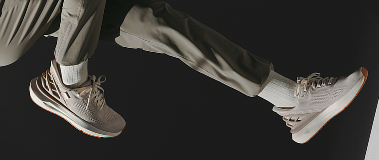


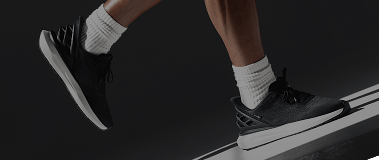
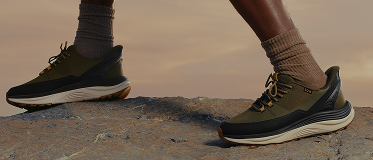
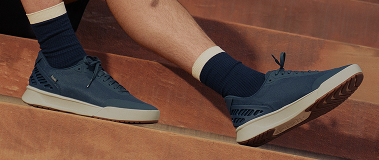
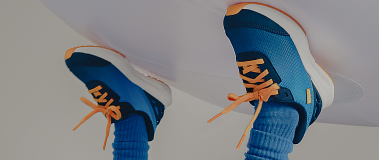
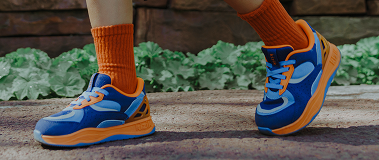
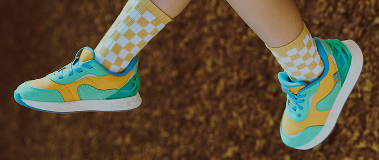




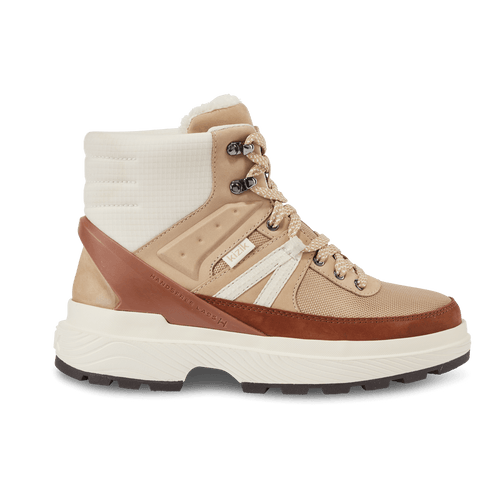
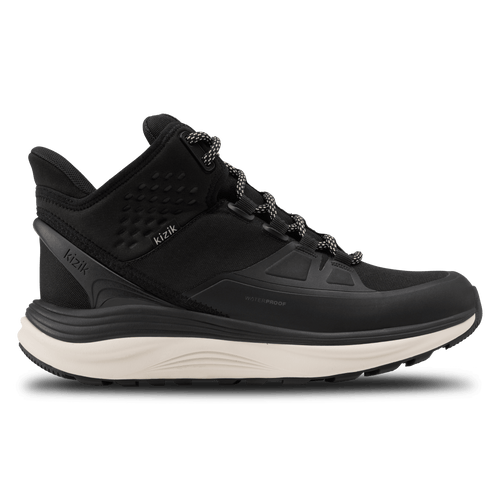





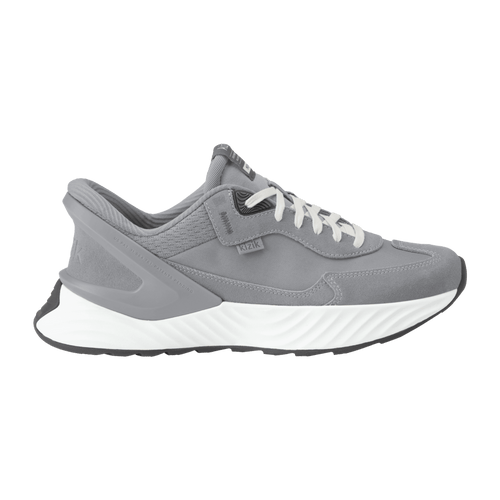


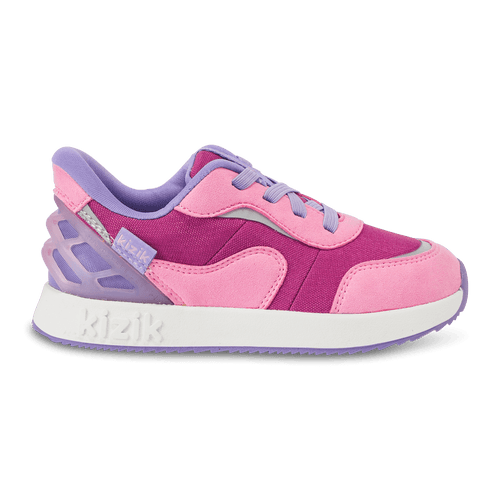

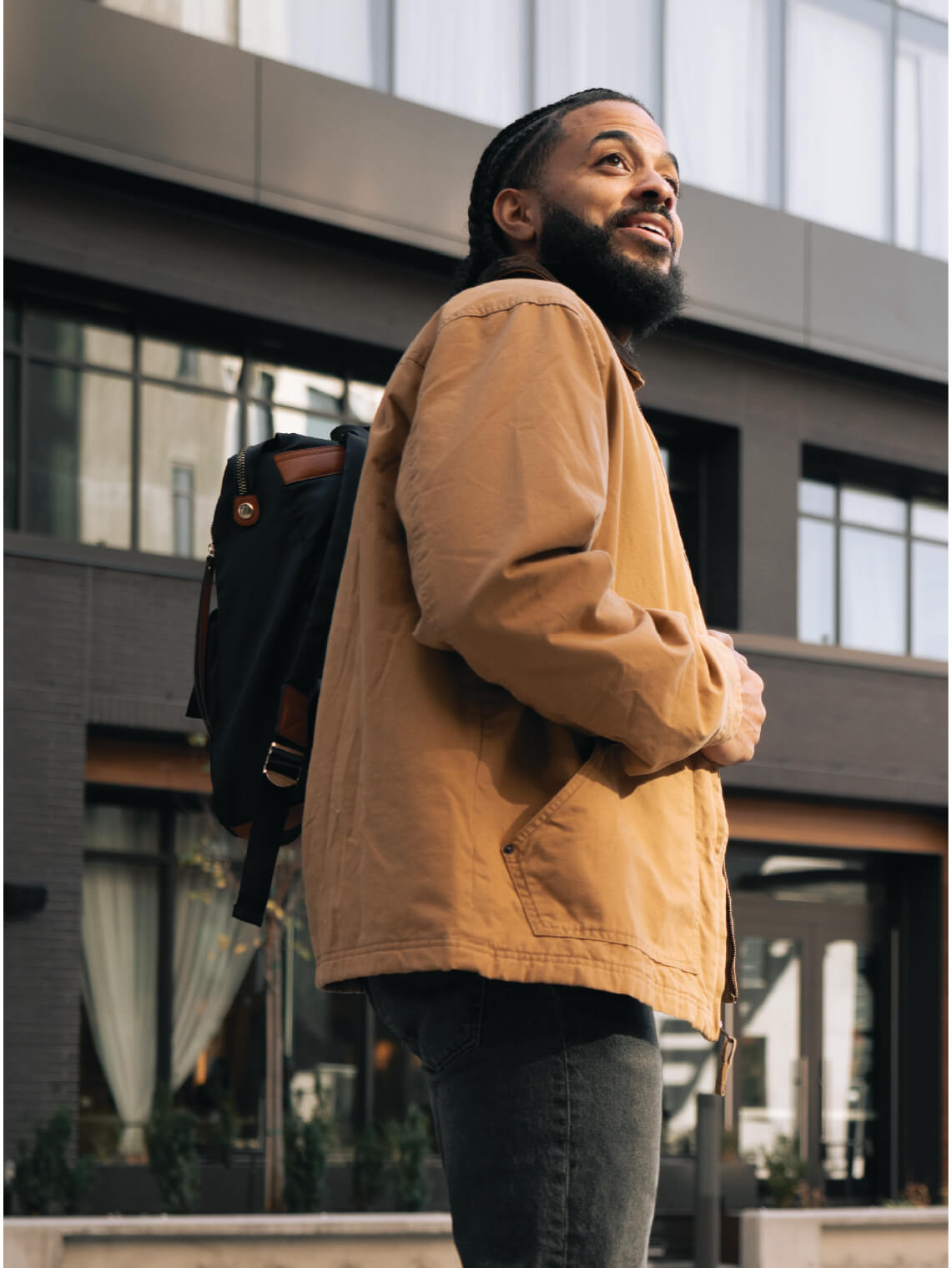
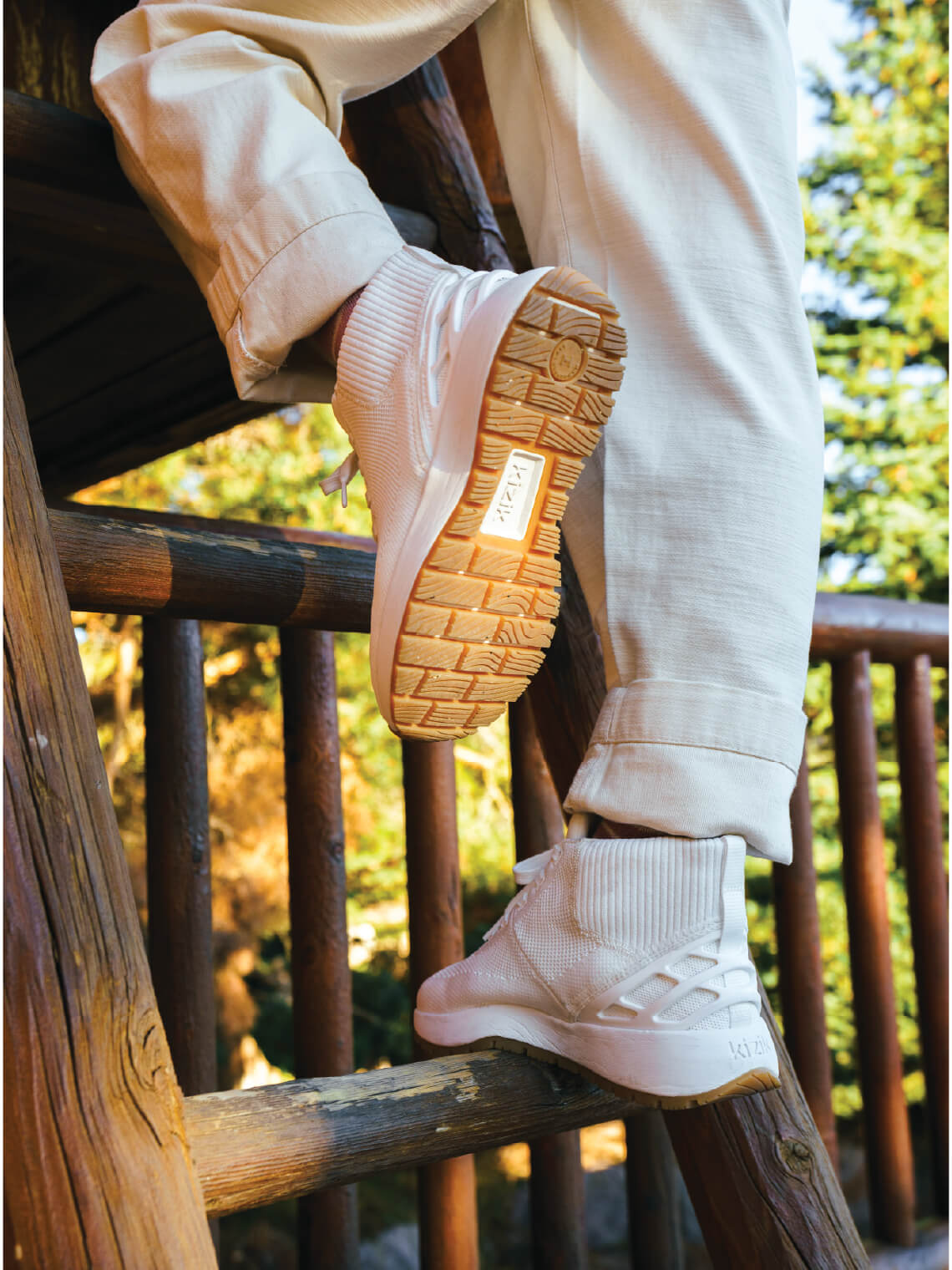
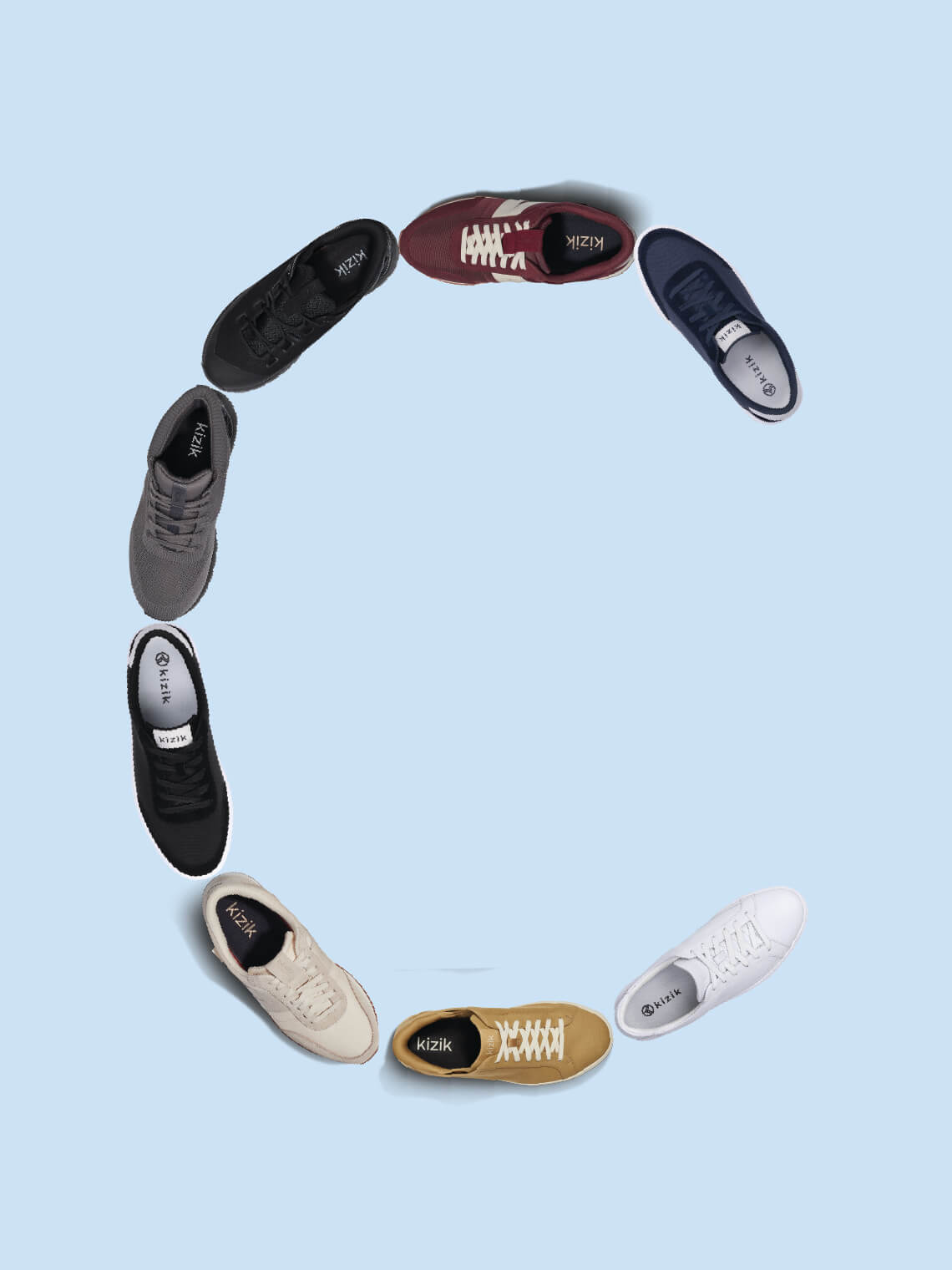
Leave a comment
This site is protected by hCaptcha and the hCaptcha Privacy Policy and Terms of Service apply.